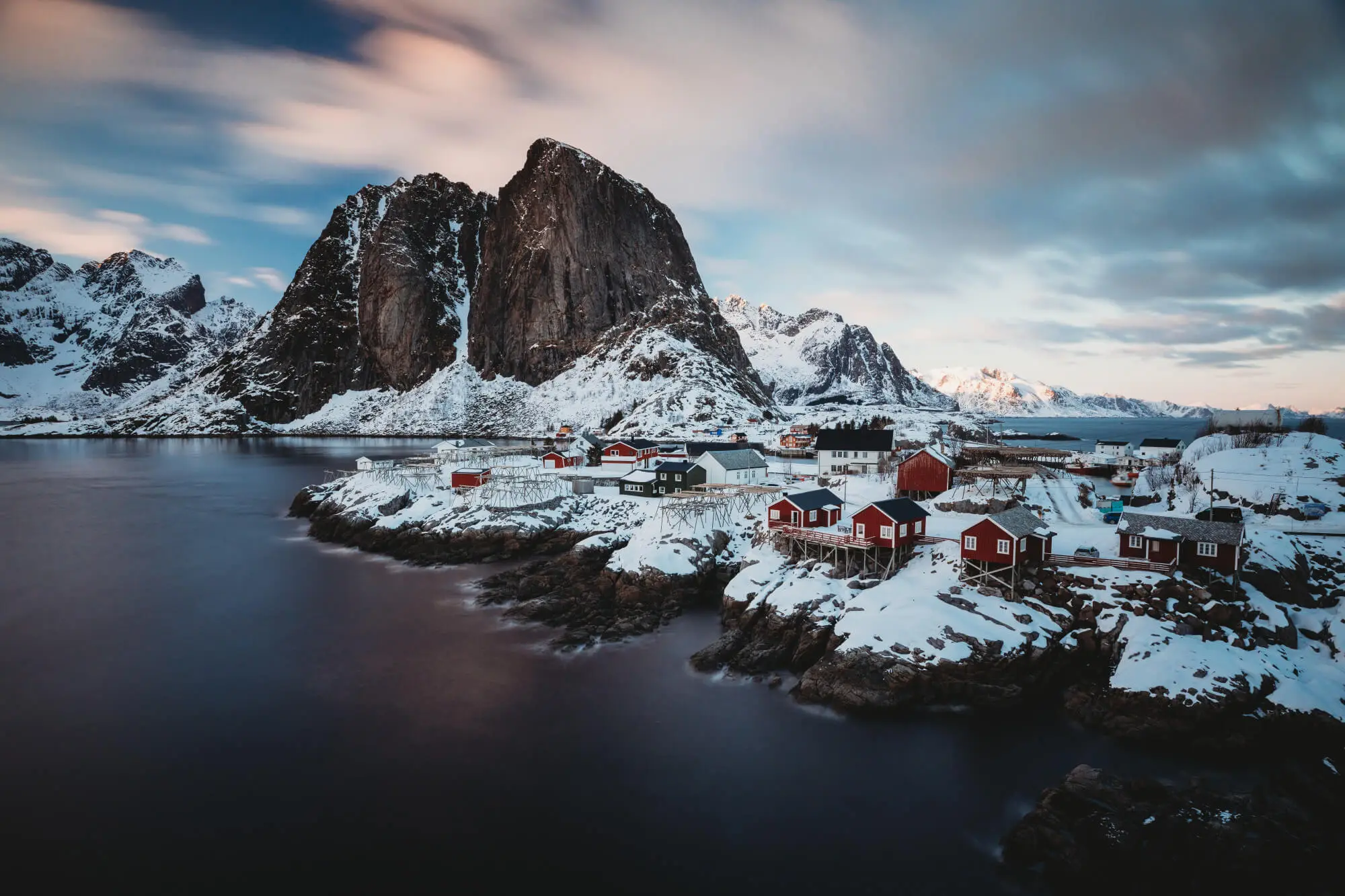How diet can extend life expectancy
Changes in diet can significantly extend life expectancy and improve the quality of life in old age.

Jared Lisack
Many people feel powerless in the face of aging because they think they have no control over the aging process. With daily lifestyle decisions, we can certainly help not only to extend our lives by years, but also to enable us to live a healthy and fulfilling life.
Live longer
As a result of modern medicine, life expectancy worldwide has more than doubled in the last 100 years. However, this was not necessarily accompanied by a corresponding increase in healthy life expectancy. People may be living longer, but many of those years are burdened by chronic illnesses such as heart disease, diabetes, and even cancer. It is therefore important to understand the difference between life span and health span. The life span is the total number of years we live, while the health span is how many of those years we remain healthy and free from disease.
Live healthier
Studies have shown that our diet is one of the most important lifestyle changes that each of us can make to significantly extend our life expectancy and improve the quality of life in old age.
A good example of this is the Blue Zones — these are five demographically confirmed, geographically defined areas around the world with the highest percentage of centenarians. The Blue Zone includes the following places: Nicoya, Costa Rica; Sardinia, Italy; Ikaria, Greece; Okinawa, Japan; and Loma Linda, California.
Genes are only 20% of the overall picture
Therefore, the question is: Is the exceptional longevity of people in the Blue Zone hereditary? It has now been proven that only around 20 percent of our life expectancy is determined by our genes, while the other 80 percent depends on our lifestyle. That means we have incredible power and control over our health when it comes to preventing chronic diseases and increasing our life expectancy.
Interestingly, demographers and researchers have found that these populations share several important lifestyle habits, including a remarkable similarity in diet. Here are some dietary features that Blue Zone people have in common:
- More than 90 percent plant-based diet
- Focus on a wide variety of seasonal fruits and vegetables, as well as whole grains
- Daily consumption of legumes - including beans, chickpeas and lentils - black beans in Nicoya, lentils and white beans in the Mediterranean region and soybeans in Okinawa
- Economical consumption of meat - as a small side dish or for a special occasion
- Avoid processed foods and refined sugar
- Water is the beverage of choice, with small amounts of tea, coffee or red wine in moderation
Nutrition as prevention
These blue zones give us an insight into what healthy aging can look like. If we keep ourselves fit and healthy, we can protect ourselves from the chronic diseases that come with aging.
The first step towards healthy aging can be as simple as making a change on our plate.
References
- Twice aslong - life expectancy around the world. (n.d.). Our World in Data. https://ourworldindata.org/life-expectancy-globally
- Fontana, L., Nehme, J., & Demaria, M. (2018). Caloric restriction and cellular senescence. Mechanisms ofAgeing and Development, 176,19—23. https://doi.org/10.1016/j.mad.2018.10.005
- Büttner, D., & Skemp, S. (2016). Blue Zones. AmericanJournal of Lifestyle Medicine, 10(5) ,318—321. https://doi.org/10.1177/1559827616637066
- Perls, T. (2006). Human Models of Longevity Handbookof Models for Human Aging, 585—590. https://doi.org/10.1016/b978-012369391-4/50048-5
Publiziert
8.12.2024
Kategorie
Health

Experte
Many people feel powerless in the face of aging because they think they have no control over the aging process. With daily lifestyle decisions, we can certainly help not only to extend our lives by years, but also to enable us to live a healthy and fulfilling life.
Live longer
As a result of modern medicine, life expectancy worldwide has more than doubled in the last 100 years. However, this was not necessarily accompanied by a corresponding increase in healthy life expectancy. People may be living longer, but many of those years are burdened by chronic illnesses such as heart disease, diabetes, and even cancer. It is therefore important to understand the difference between life span and health span. The life span is the total number of years we live, while the health span is how many of those years we remain healthy and free from disease.
Live healthier
Studies have shown that our diet is one of the most important lifestyle changes that each of us can make to significantly extend our life expectancy and improve the quality of life in old age.
A good example of this is the Blue Zones — these are five demographically confirmed, geographically defined areas around the world with the highest percentage of centenarians. The Blue Zone includes the following places: Nicoya, Costa Rica; Sardinia, Italy; Ikaria, Greece; Okinawa, Japan; and Loma Linda, California.
Genes are only 20% of the overall picture
Therefore, the question is: Is the exceptional longevity of people in the Blue Zone hereditary? It has now been proven that only around 20 percent of our life expectancy is determined by our genes, while the other 80 percent depends on our lifestyle. That means we have incredible power and control over our health when it comes to preventing chronic diseases and increasing our life expectancy.
Interestingly, demographers and researchers have found that these populations share several important lifestyle habits, including a remarkable similarity in diet. Here are some dietary features that Blue Zone people have in common:
- More than 90 percent plant-based diet
- Focus on a wide variety of seasonal fruits and vegetables, as well as whole grains
- Daily consumption of legumes - including beans, chickpeas and lentils - black beans in Nicoya, lentils and white beans in the Mediterranean region and soybeans in Okinawa
- Economical consumption of meat - as a small side dish or for a special occasion
- Avoid processed foods and refined sugar
- Water is the beverage of choice, with small amounts of tea, coffee or red wine in moderation
Nutrition as prevention
These blue zones give us an insight into what healthy aging can look like. If we keep ourselves fit and healthy, we can protect ourselves from the chronic diseases that come with aging.
The first step towards healthy aging can be as simple as making a change on our plate.
Experte
Referenzen
- Twice aslong - life expectancy around the world. (n.d.). Our World in Data. https://ourworldindata.org/life-expectancy-globally
- Fontana, L., Nehme, J., & Demaria, M. (2018). Caloric restriction and cellular senescence. Mechanisms ofAgeing and Development, 176,19—23. https://doi.org/10.1016/j.mad.2018.10.005
- Büttner, D., & Skemp, S. (2016). Blue Zones. AmericanJournal of Lifestyle Medicine, 10(5) ,318—321. https://doi.org/10.1177/1559827616637066
- Perls, T. (2006). Human Models of Longevity Handbookof Models for Human Aging, 585—590. https://doi.org/10.1016/b978-012369391-4/50048-5
Publiziert
8.12.2024
Kategorie
Health

.svg)














